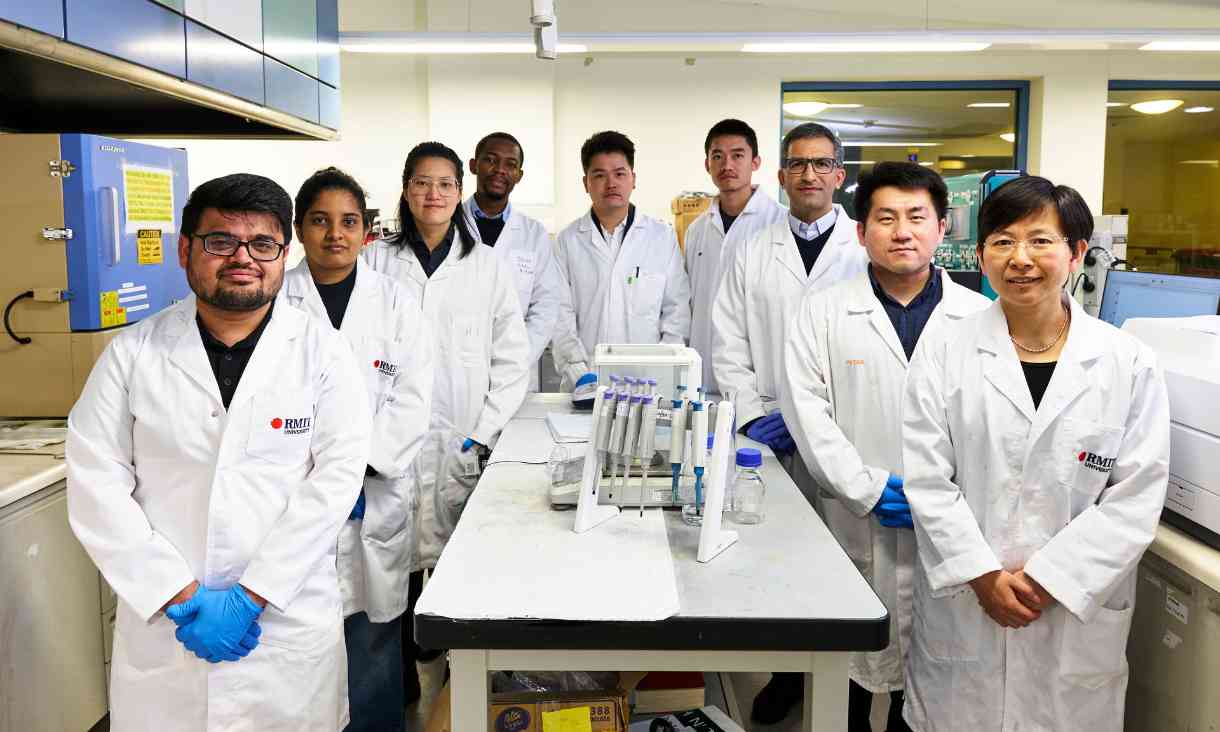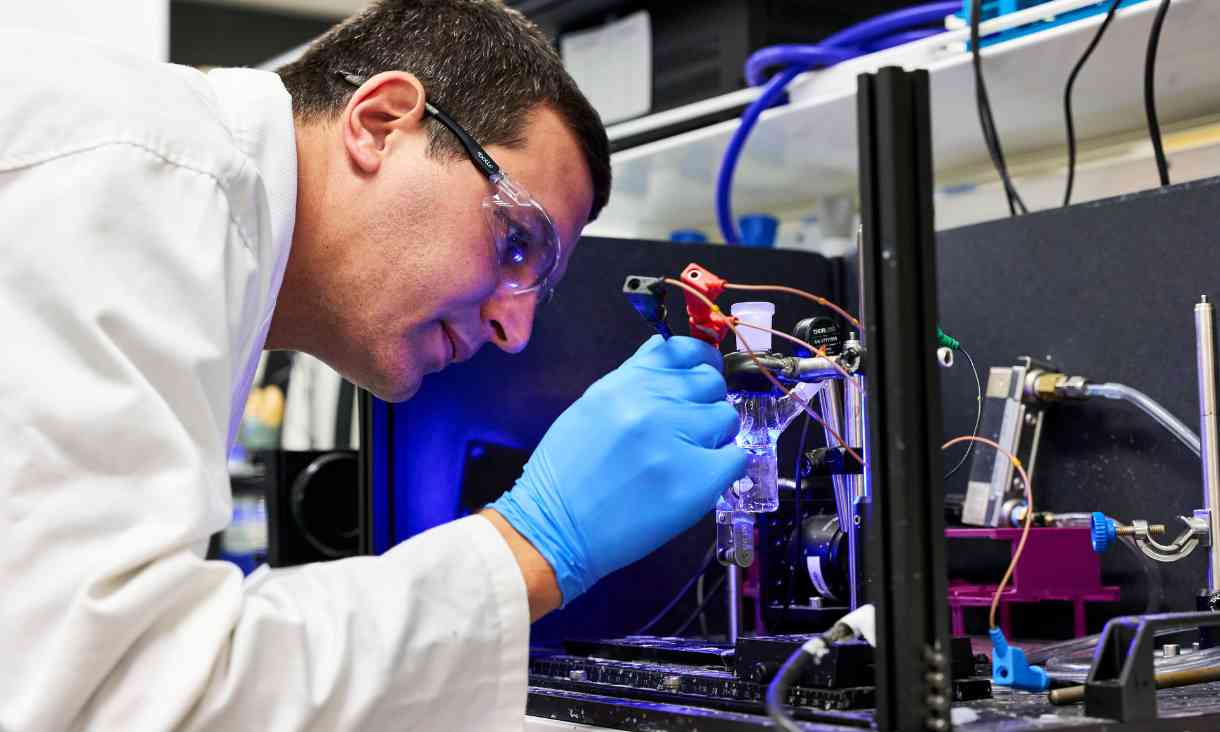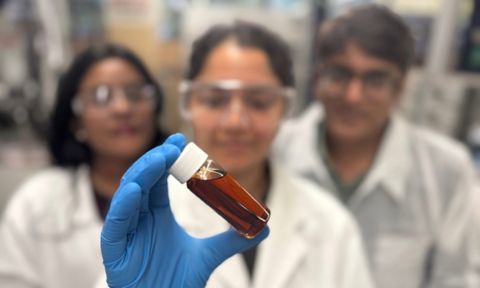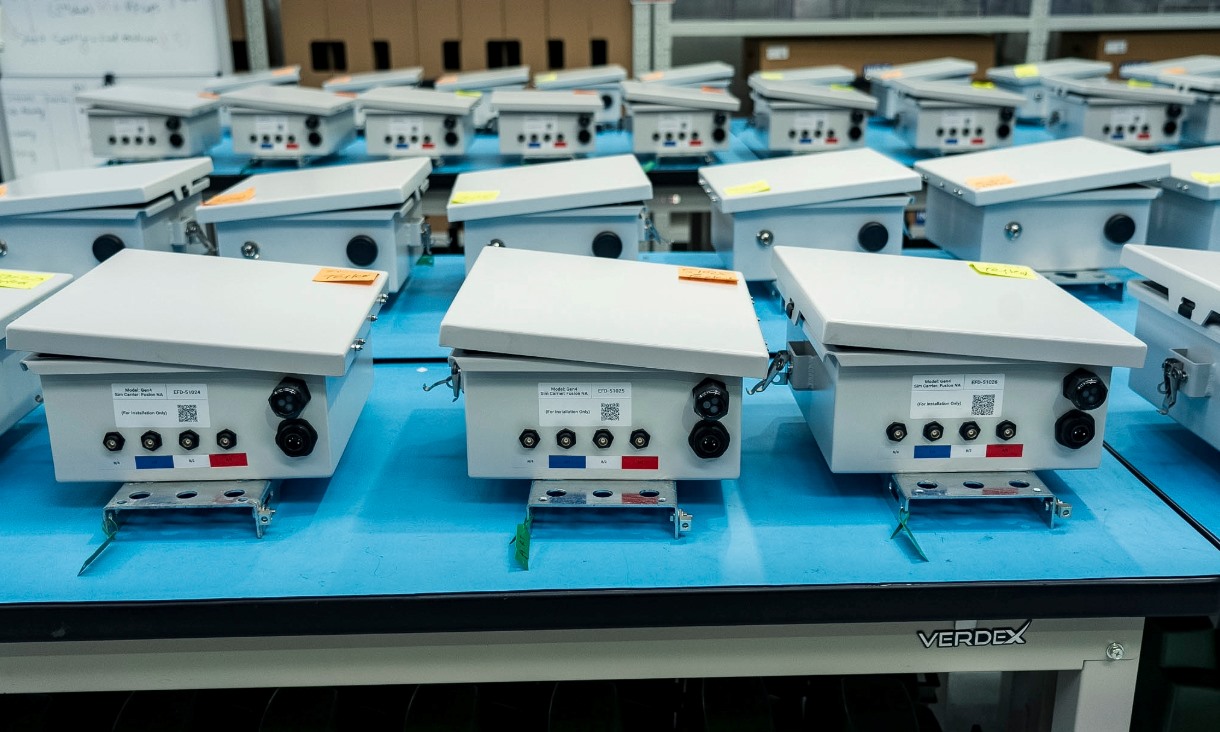In collaboration with Australian government and industry, CAN has developed a range of innovative prototypes to help solve practical problems, propelling Australia’s academic research capability across several critical sectors. Prototypes include:
- Radiative cooling film: a flexible film that prevents the absorption of heat and can cool its environment by up to 15°C without consuming electricity, significantly reducing greenhouse emissions.
- Graphene supercapacitors: long-lasting energy storage devices that can charge devices in seconds and electric vehicles in minutes offering a safer and more efficient alternative to lithium-ion batteries.
- Solar to hydrogen generator: an all-solar driven floatable device that generates cost-effective and scalable green hydrogen and simultaneously purifies wastewater.
Atomaterials can provide solutions to the current frontiers of our society, including clean energy revolution and Australia’s transition to net-zero.
“We’re not just theorising in a lab, we’re working directly with our partners in our OpenLabs both at RMIT and industry facilities to design solutions that Australian businesses can implement today to better meet the needs of the customers and communities they serve and remain competitive in a fast-changing market,” said Jia.
CAN is the first official launch for one of RMIT’s Leading Research Centres, a STEM College initiative designed to identify, support, and grow research areas of strategic priority to RMIT.
The LRC’s research areas are in areas of STEM research where RMIT is a leader nationally or internationally, and these research areas focus on identified issues of global importance, and concerns at local, national and international levels.
You can find out more about the LRCs on RMIT’s website.






